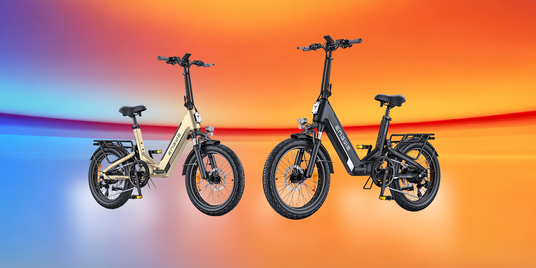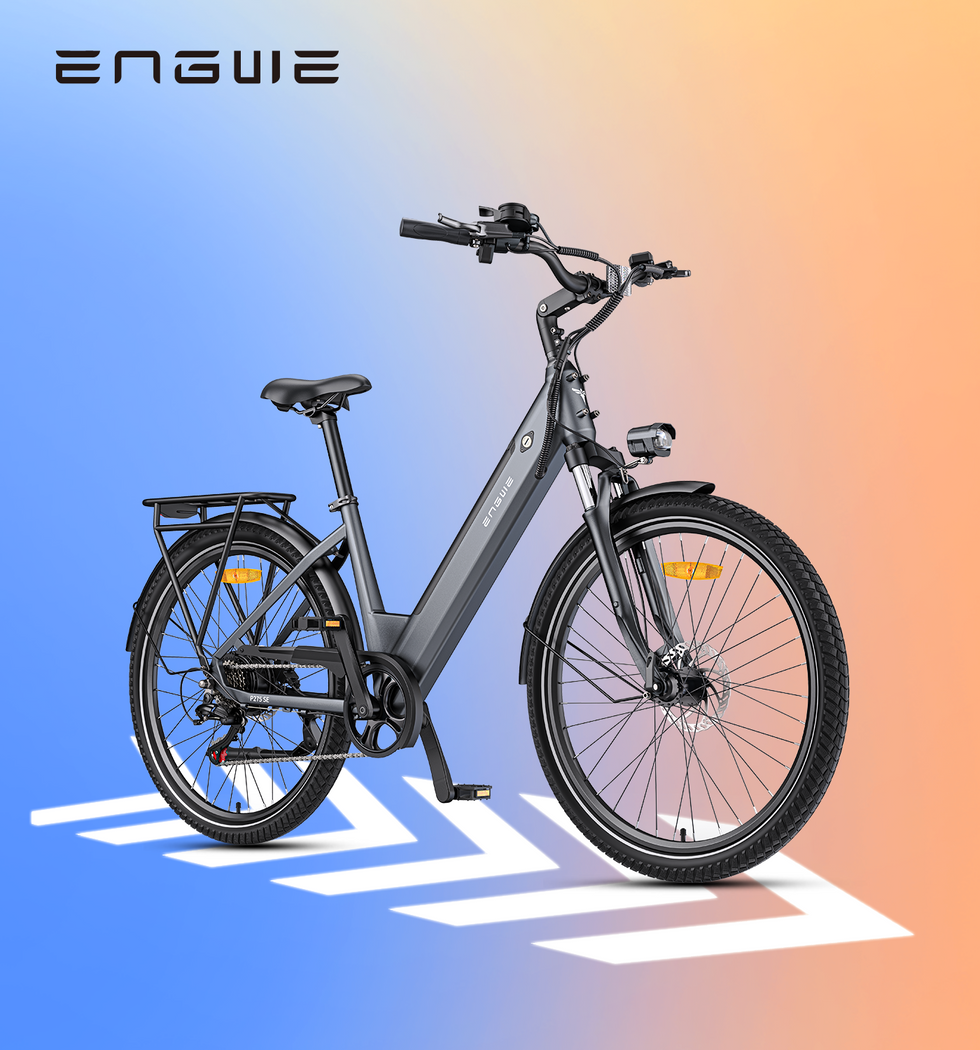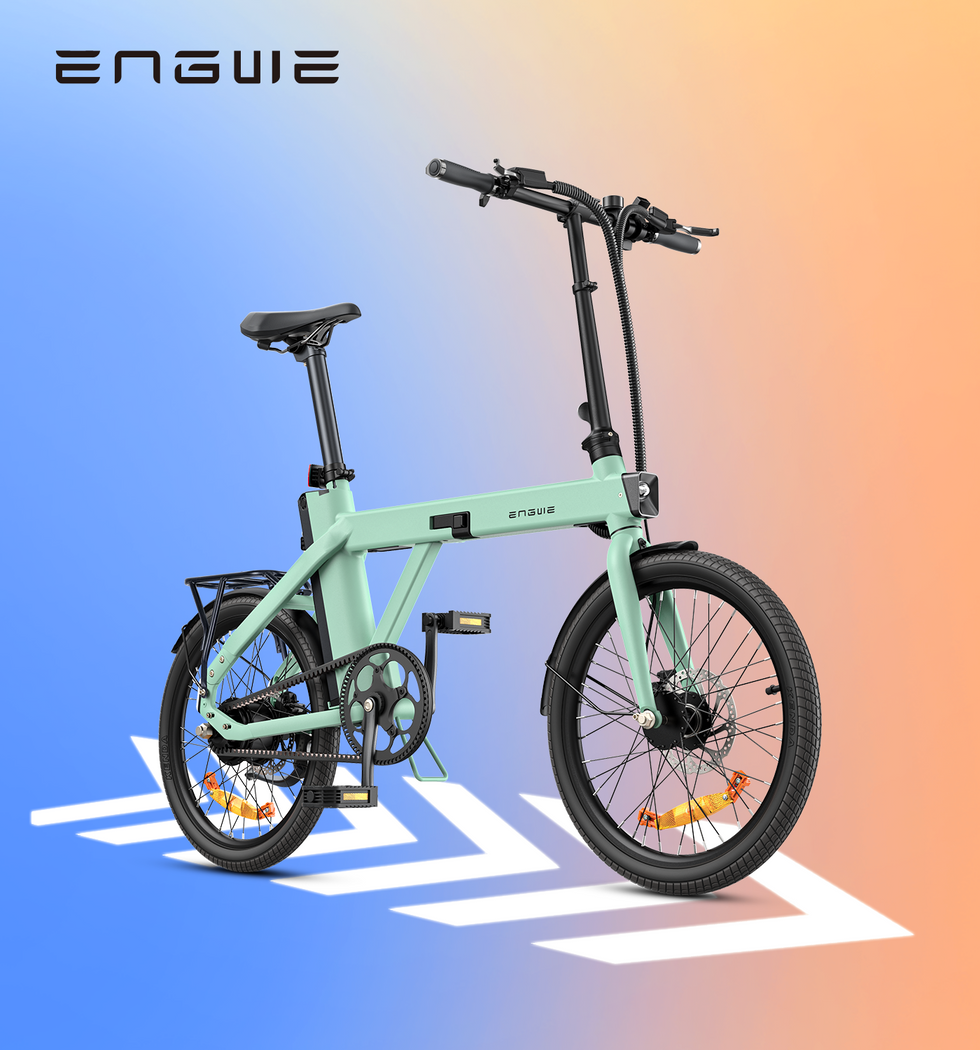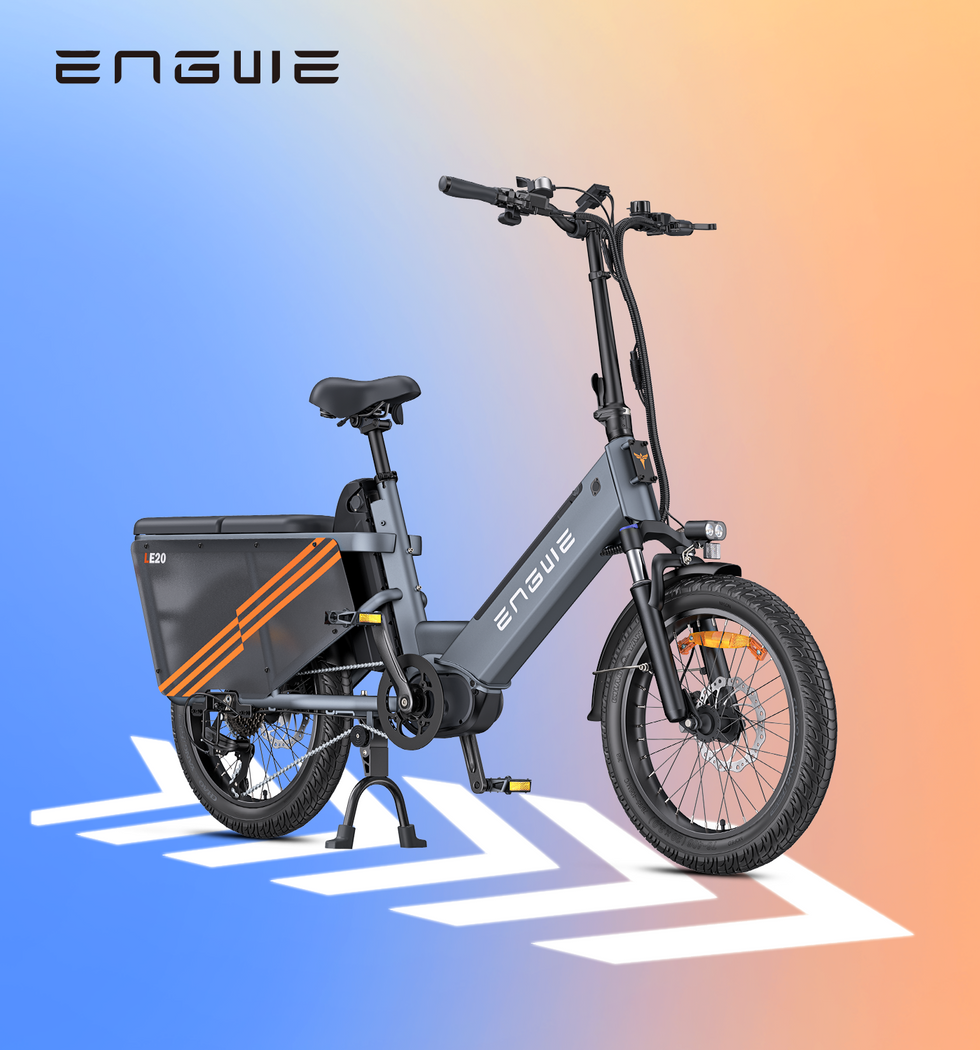The Rental Experience: First Rides and First Checks
The idea often starts simply. You are in a new city, or perhaps simply at the other end of your own, and you notice them on every corner. People coasting up hills without a bead of sweat, zipping through traffic with that easy smile. It's the temptation to do it yourself, to rent an electric bike for an hour or a day, that becomes overpowering. This first rental is not just a ride, but an experiment. It's a different kind of freedom, an alternative way of being in the world. But what you find during that first ride is almost always transcendent of the convenience of renting and does a whole lot more than plant the seed for something a bit more lasting and rewarding.
This is the way my personal journey started. I was curious. The rental process felt simple enough. I downloaded an app from a well-known ride-hailing service, found an electric bike near my apartment building on a map and scanned a QR code to unlock it. The first few pedal strokes felt the same, and then it happened — a soft, almost magical push from the motor. The gentle rise in the road before me, one that would normally call for a serious reduction of gears and effort, also simply disappeared. This first taste is exciting, but it’s also your first introduction to the inevitable sacrifices for any public rental. It was a heavy bike, the seat wasn’t quite in the right place, and it had that worn-in feeling from hundreds of past riders. The battery indicator read a little past the halfway mark, and I nursed a low-level hum of range anxiety at bay in the back of my head. The longer they were free, the more expensive it was becoming, ticking up by the minute as a reminder that this freedom was both limited and metered.
Whether you are new to car sharing or a casual renter, there are a few things that you need to verify before you take off in your rented vehicle so that it will not be just safe but effective too. Before you’ve even departed, take the bike for a quick look-over. Squeeze both brake levers firmly. They should be tight and responsive, not spongy or loose. Check the tires; they should be plainly filled. A quick push on them will give you an idea whether they are too soft, to the point they won’t last long enough and degrade ride quality. And make sure to check the battery level on the display before you pull the trigger. There is little worse than having the help on your futuristic ride die halfway up a hill, turning what was supposed to be a leisurely stroll into an arduous workout on something that wasn't designed to be pedaled unassisted. Set the seat so that at the bottom of the pedal stroke your leg is almost straight. These little checks are the difference between discovery and a painful chore.
Learning the Ropes and Hitting the Limits
Renting is an education. You feel out the various pedal-assist settings, finding the right mix between your energy and the motor’s assistance. You realize how a smidgen of electric assist can massively extend your travel range, transforming a 30-minute drive into a 40-minute scenic ride — no parking hassles. You feel the wind, see details of buildings you’ve driven past a thousand times and are more closely connected to the things around you. This is the moment of truth. You understand the value of an electric bike. But you know, as well, that the tool — the rental — is a one-size-fits-all option that does not quite fit. The suspension is rudimentary or, in some cases, nonexistent and rough roads are jarring. The power delivery can be jerky, and the range is never quite sufficient to rid you of that thought about where the next charging dock might be.

The Leap to Ownership: The ENGWE L20 3.0 Boost
It’s where the thought from “renting is fun” turns into “owning would be life-changing”. The restrictions of renting are enough to make you long for an electric bike that is your own — one that’s customized for comfort, power, and faultless reliability. This is where having a purpose-built electric bike like the ENGWE L20 3.0 Boost can turn the whole thing on its head. Imagine what swapping out the jarring, bumpy ride of a basic rental for a machine with full suspension that soaks up to 90% of road vibration would be like — turning city potholes into minor bumps. Thoughts of confronting a daunting hill and not fretting that the rental’s tired engine could climb it ahead? Simply activate Boost Mode — an extravagant push-button feature that sends a hell-raising 75Nm of torque to the rear wheel for effort-free uphill assaults. The apprehension that you had when you rented, of running out of battery is replaced by a high-capacity — up to the 135 km mark when it comes to the amount — battery pack, and in place of dreading waiting for a charge, now you have an industry-best 8A fast charger that brings your G2 back at full capacity in about two hours. The ride merits the upgrade with an intuitive torque sensor that delivers a smooth, natural-feeling stroke of power that comes to match your own pedal stroke, rather than in what can be a jarring kick of a rental's basic model sensor. Featuring tough 20 x 3.0 fat tires that can handle the roughest terrain, powerful 180mm hydraulic disc brakes for rapid stopping ability, and a collapsible frame for convenient storage, the ENGWE L20 3.0 Boost is not simply an alternative to rental, it’s a game changer in personal mobility.
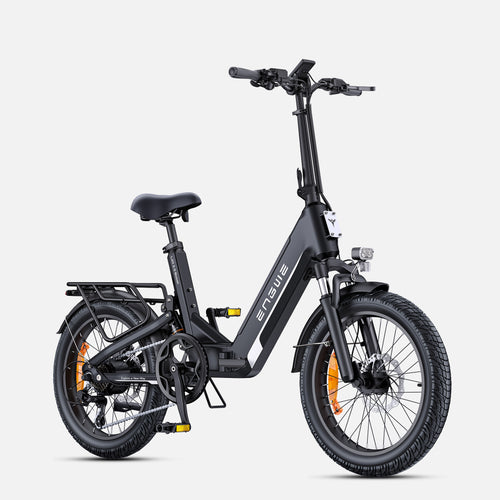
Making the Choice: The Case for Ownership
At the end of the day, to rent or to buy is driven by what you want to do. First pop-up: If you are a tourist and want to just experience it once, or get a taste for something larger. It is an easy way to confirm what you knew already: Yes, riding an electric bike really is as fun as it looks. It does its job as a dry run. But if that taste test stirs something, sets your mind running (with visions of weekdays free from traffic, weekends far from home and even errands that don’t feel like a chore), the case for ownership becomes a lot clearer. It’s expensive to rent often – and each time you do, you are paying for a sub-optimal experience. The electric bike you ride will be your own, for better or for worse — no more coming in to find the office bike room empty, with (you’ve got to admit) nice-ass company wheels spawned from Kickstarter and a dream between loans. Being a true electric bike owner is not just about having a better ride; it’s also about taking your journey back.

5 Frequently Asked Questions New Riders Have
1. Do I need a license or insurance to ride an electric bicycle?
Under EU rules (and in most countries implementing them) low-power electric bikes (i.e., standardized for up to 250W and the assist ceases at a given speed, light e-bikes) are normal bicycles and need no license, registration or insurance. But laws differ by jurisdiction, so be sure to check your local regulations.
2. How can I safely ride an electric bike in city traffic?
Always wear a helmet. Patrol the streets using hand signals, abide by traffic rules and remain visible with lights, especially at night. Be consistent with your movement and keep an appropriate space from cars. A set of hydraulic disc brakes on a decent e-bike generates a lot of stopping power, so make sure you’re familiar with how they work in a safe environment.
3. Are electric bikes hard to maintain?
Repairs are much the same as with a typical bicycle. You’ll need to maintain tire pressure, chain lube and brake status. The motor, battery and controller are all sealed items and have virtually no maintenance requirements. The trick is to maintain a charged and stored battery as specified by the manufacturer.
4. What does pedal-assist actually feel like and do I need to pedal at all?
Pedal-assist is akin to a soft tailwind at all times. The motor kicks in to assist you as soon as you begin pedaling. The majority of e-bikes offer a range of different levels of assistance, allowing you to decide how much help you need. For the motor to operate in this mode, you do have to pedal, though, and that’s part of what keeps it legally classified as a bike in much of the world.
5. How far do I actually go per charge?
The supposed maximum range (like 135 km) is usually based on ideal conditions: deploying the lowest pedal-assist setting on level ground and a light rider. How far you’ll actually go depends on things like your weight, the terrain (hills deplete the battery faster), wind resistance, tire pressure and how much you rely on motor assistance. It's well worth the caution that a real-world range should be considered as some proportion of the maximum quoted figure: but even on very big batteries, it's plenty for commuting or long sightseeing cruises.
